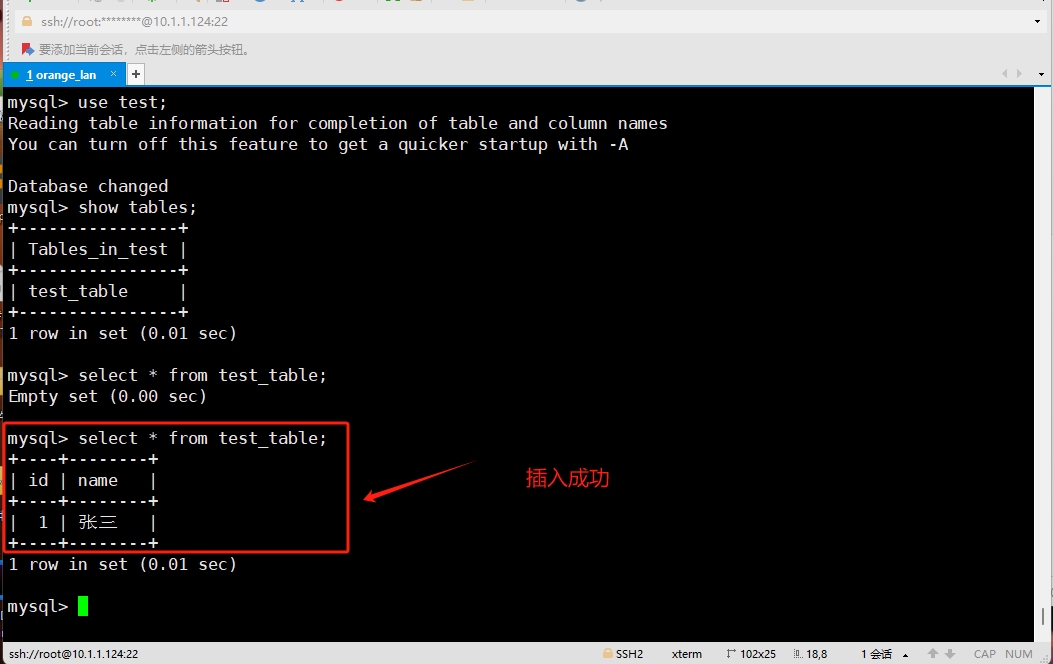java 爬虫二
解析页面元素 —jsoup
简介:Jsoup是一款基于Java的HTML解析器,它可以方便地从网页中抓取和解析数据。它的主要作用是帮助开 发者处理HTML文档,提取所需的数据或信息。
常用的方法
- 选择器(Selector)API:用于根据CSS选择器语法选择HTML元素。
1
2
3
4
5
6
7
8
9
10
11
|
Elements elements = doc.select("li");
Elements divs = doc.select("div.news");
Element header = doc.select("div#header").first();
|
- 属性(Attribute)API:用于获取、设置和移除HTML元素的属性。
1
2
3
4
5
6
7
8
9
10
11
12
13
14
15
16
|
String href = element.attr("href");
element.attr("href", "http://example.com");
element.removeAttr("href");
Attributes attributes = element.attributes()
Elements links = doc.select("a[href^=http]");
Elements divs = doc.select("div[class~=news]");
|
- 遍历(Traversal)API:用于遍历HTML文档中的元素。
1
2
3
4
5
6
7
8
9
10
|
Element parentElement = element.parent();
Elements childrenElements = element.children();
Element nextSiblingElement = element.nextElementSibling()
|
- 操作(Manipulation)API:用于修改HTML文档中的元素和属性
1
2
3
4
5
6
7
8
9
10
11
12
|
String html = element.html();
String text = element.text();
element.append("<p>这是一个新段落</p>");
element.appendText("这是一段新文本");
|
1
2
3
4
|
Elements paragraphs = doc.select("div p");
Elements directParagraphs = doc.select("div > p");
|
- 读取文件
1
2
3
| File input = new
File("D:\\works\\out_codes\\javas\\learn\\untitled\\src\\spider\\dom.html");
Document doc = Jsoup.parse(input, "UTF-8");
|
- 代码demo
1
2
3
4
5
6
7
8
9
10
11
12
13
14
15
16
| package test1;
import org.jsoup.Jsoup;
import org.jsoup.nodes.Document;
import java.io.IOException;
class Doms{
public static void test(){
String html ="<div><p> hello world </p></div>";
Document dcc =Jsoup.parse(html);
System.out.println(dcc);
}
}
public class one {
public static void main(String[] args) throws IOException {
Doms.test();
}
}
|
连接MySQL
jar包地址:https://mvnrepository.com/artifact/mysql/mysql-connector-java
根据自己的mysql版本 下载对应的jar包
- demo
1
2
3
4
5
6
7
8
9
10
11
12
13
14
15
16
17
18
19
20
21
22
23
24
25
26
27
28
| class connect_mysql{
public static void conn(){
String url ="jdbc:mysql://10.1.1.124:3306/test";
String username ="root1";
String password ="1234Abcd+";
try{
Connection connection =DriverManager.getConnection(url,username,password);
String sql = "INSERT INTO test_table (id ,name) VALUES (?,?)";
PreparedStatement preparedStatement =connection.prepareStatement(sql);
preparedStatement.setString(1,"1");
preparedStatement.setString(2,"张三");
preparedStatement.executeLargeUpdate();
connection.close();
}
catch (SQLException e){
e.printStackTrace();
}
}
}
|
- 使用python 写一个建表建库,删库的方法便于测试
1
2
3
4
5
6
7
8
9
10
11
12
13
14
15
16
17
18
19
20
21
22
23
24
25
26
27
28
29
30
31
32
33
34
35
36
37
38
39
40
41
42
43
44
45
46
47
48
49
50
| import pymysql
class test:
def __init__(self):
self.conn = pymysql.connect(
host='10.1.1.124',
port=3306,
user='root1',
password='1234Abcd+',
)
def create_database_and_table(self):
try:
if self.conn.open:
print("连接数据库成功")
cursor = self.conn.cursor()
cursor.execute("CREATE DATABASE IF NOT EXISTS test;")
print("创建数库库 test 成功.")
cursor.execute("USE test;")
cursor.execute("CREATE TABLE IF NOT EXISTS test_table ("
"id INT AUTO_INCREMENT PRIMARY KEY,"
"name VARCHAR(255) NOT NULL"
");")
print("创建表'test_table'成功.")
self.conn.commit()
cursor.close()
self.conn.close()
print("MySQL 连接关闭.")
except pymysql.MySQLError as e:
print(f"连接数据库报错: {e}")
def delete_database(self,database_name):
try:
if self.conn.open:
print("连接数据库成功")
cursor = self.conn.cursor()
cursor.execute(f"DROP DATABASE IF EXISTS {database_name};")
print(f"Database '{database_name}' deleted successfully.")
self.conn.commit()
cursor.close()
self.conn.close()
print("MySQL 连接关闭.")
except pymysql.MySQLError as e:
print(f"连接数据库报错: {e}")
test.create_database_and_table()
|

